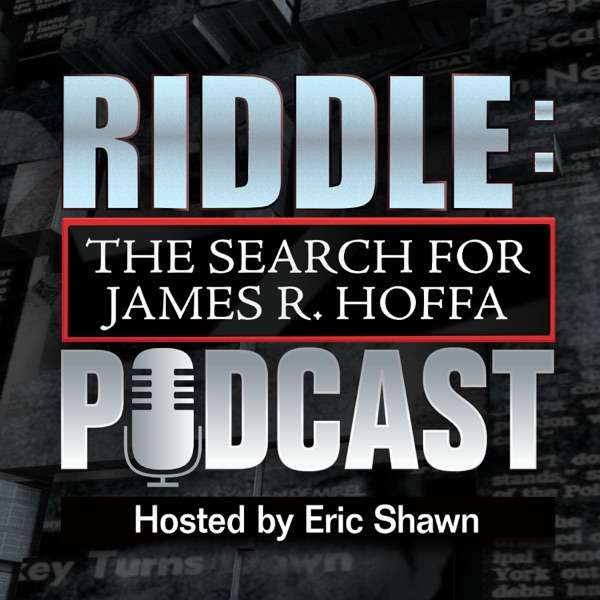Dr. Ben Bikman, a biomedical scientist and professor of cell biology, discusses the phenomenon of anabolic resistance.
Anabolic resistance, primarily a problem associated with aging, refers to the reduced ability of muscles to synthesize protein in response to anabolic stimuli, such as protein intake and resistance exercise. This condition leads to a decline in muscle mass and function over time, contributing to a loss of physical capacity, increased risk of falls, and a greater dependency on others for daily living.
Dr. Bikman emphasizes the importance of muscle mass for overall health. Beyond physical function, muscle plays a crucial role in metabolic regulation, particularly glucose metabolism and insulin sensitivity. Muscle acts as a “glucose sink,” helping to regulate blood glucose levels and maintain insulin sensitivity. Therefore, maintaining muscle mass is vital for preventing metabolic disorders and enhancing longevity and health span.
Anabolic resistance is influenced by various age-related factors, including hormonal changes, reduced physical activity, insufficient protein intake, and chronic illnesses such as insulin resistance. The key intracellular signal involved in muscle protein synthesis is the mTOR1 pathway, which becomes less responsive with age and insulin resistance. Dr. Bikman also discusses the controversial use of rapamycin, a drug promoted by some longevity enthusiasts, which can inhibit mTOR1 and potentially exacerbate anabolic resistance and insulin resistance.
To combat anabolic resistance, Dr. Bikman highlights the importance of dietary and exercise interventions. Older adults require higher protein intake, particularly high-quality protein sources rich in leucine, to stimulate muscle protein synthesis effectively. Additionally, resistance exercise is crucial, with a focus on going to muscle fatigue to promote maximal muscle protein synthesis. Dr. Bikman stresses the need for older adults to prioritize resistance exercise over aerobic exercise to maintain muscle mass and function.
Dr. Bikman concludes by emphasizing the societal benefits of maintaining muscle mass and combating anabolic resistance. Strong, healthy, and independent individuals contribute to stronger communities and reduced economic burdens. By adopting proper dietary and exercise habits, individuals can improve their muscle health, enhance their quality of life, and increase their longevity.
https://www.insuliniq.com
01:08 - Defining Anabolic Resistance
02:15 - Impact of Aging on Muscle Protein Synthesis
03:15 - Role of Anabolic Stimuli in Muscle Growth
05:15 - Risks Associated with Loss of Muscle Mass
06:17 - Muscle's Role in Metabolic Health
07:19 - Muscle Mass and Longevity
10:24 - Age-Related Factors: Hormones and Physical Activity
11:10 - Biochemical Signaling and mTOR1 Pathway
13:28 - Controversy Around Rapamycin and Longevity
15:43 - Rapamycin's Impact on Muscle and Testosterone
17:42 - Nutrient Sensing and mTOR1 Activation
18:40 - Importance of Leucine in Protein Synthesis
19:54 - Hormonal Regulation of mTOR1
20:55 - Consequences of Anabolic Resistance
21:52 - Combating Anabolic Resistance: Dietary Strategies
24:05 - Importance of High-Quality Protein Sources
26:05 - Role of Resistance Exercise in Combating Anabolic Resistance
28:55 - Exercise Protocols for Older Adults
30:55 - Importance of Resistance Exercise Over Aerobic Exercise
32:55 - Conclusion and Societal Benefits of Muscle Health
References:
Due to character length constraints, references are not posted here. For a complete list, please email: support@insuliniq.com with your request.
Hosted on Acast. See acast.com/privacy for more information.

 Our TOPPODCAST Picks
Our TOPPODCAST Picks  Stay Connected
Stay Connected







